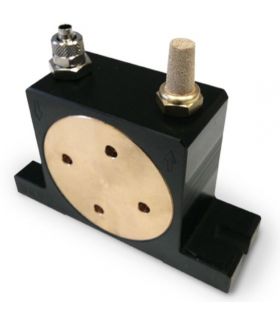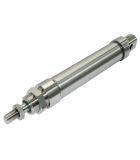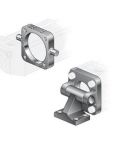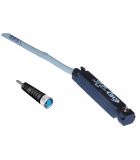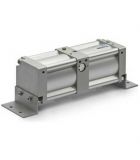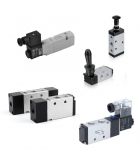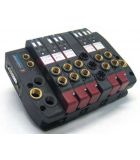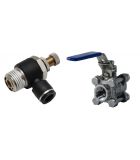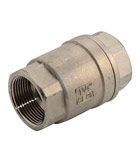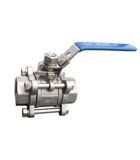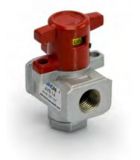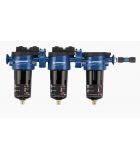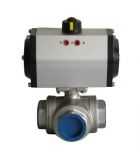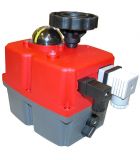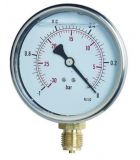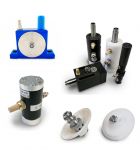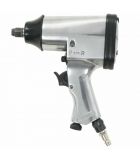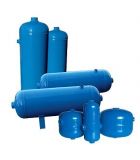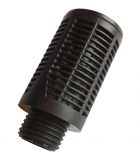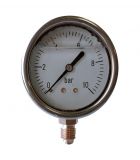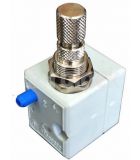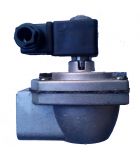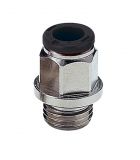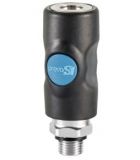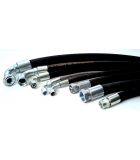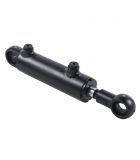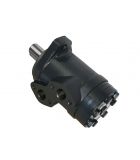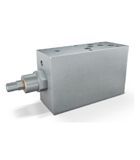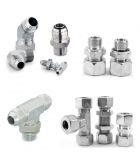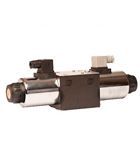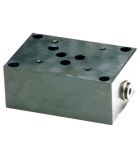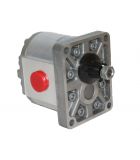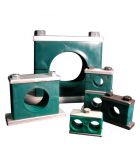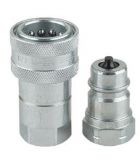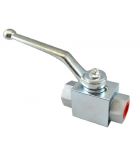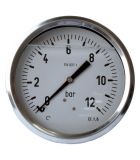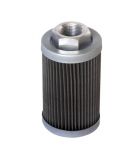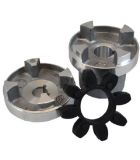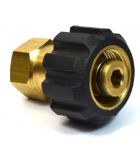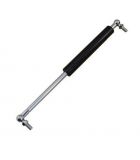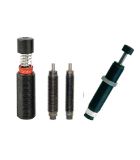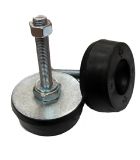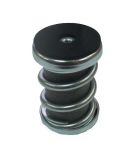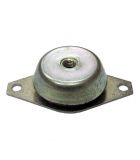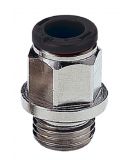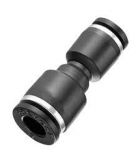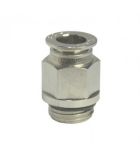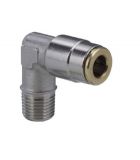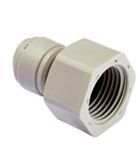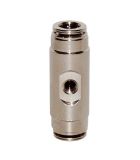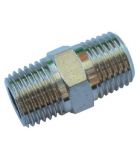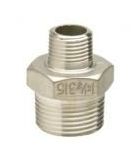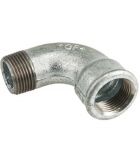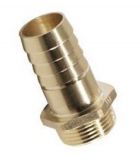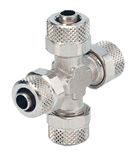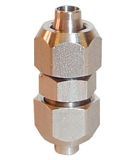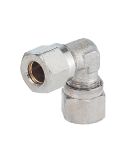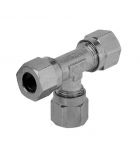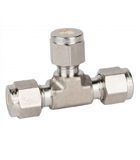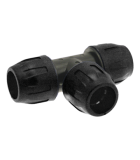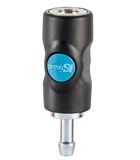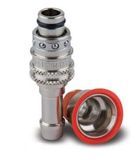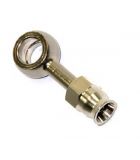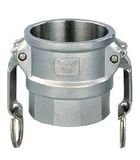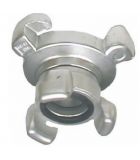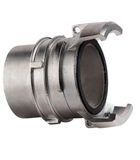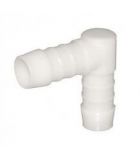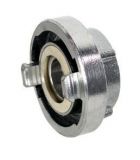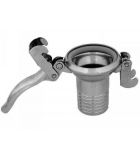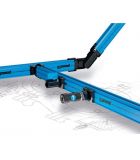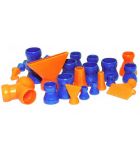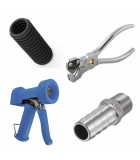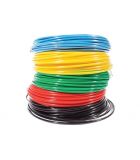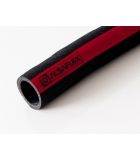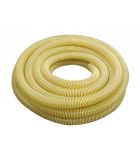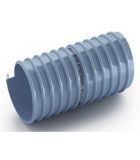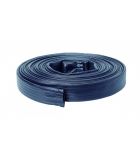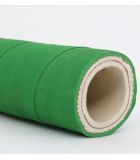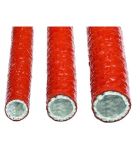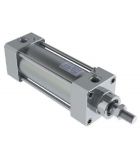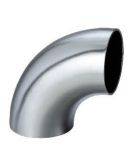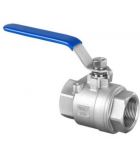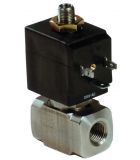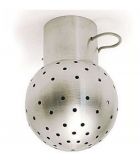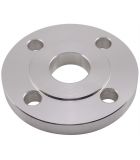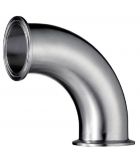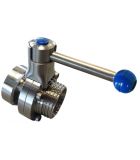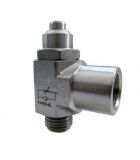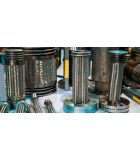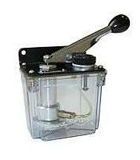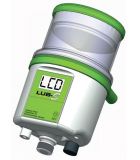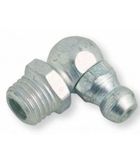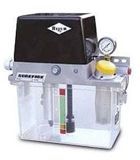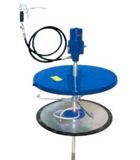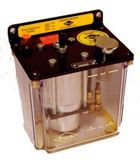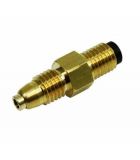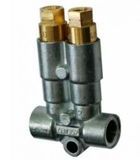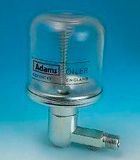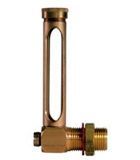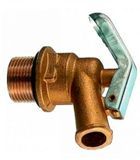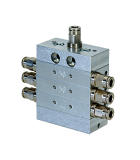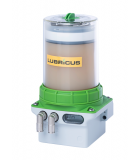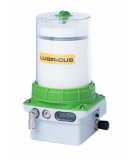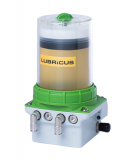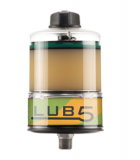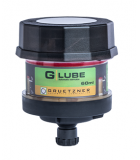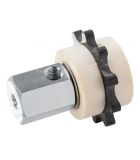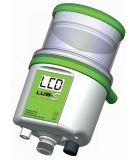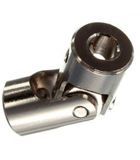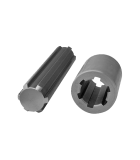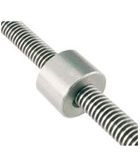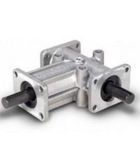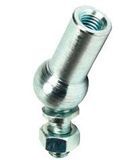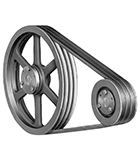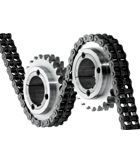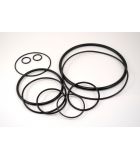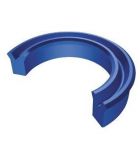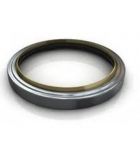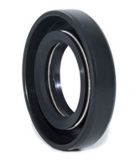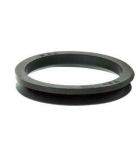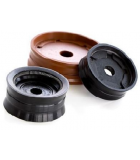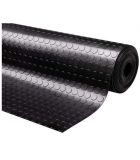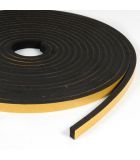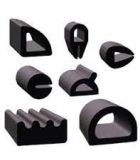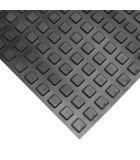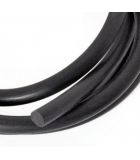INDUSTRIAL VIBRATION SYSTEMS
Industrial vibration systems. Buy online at the best price and service
Pneumatic industrial vibrators are elements that transform pneumatic energy supplied through compressed air into kinetic energy, producing a translational, rotational or impact movement whose power is adjustable by the pressure and flow rate of the supplied compressed air.
Due to their specific characteristics, many materials in powder, granules or sawdust, when stored in silos, wagons, pipes, pipes, tanks and other containers, tend to adhere to the surface, get stuck and even more so if they contain roughness, folds, corners or surface changes or reduction of pipes. This produces a slowdown or collapse in the flow of the product.
Vibration systems are designed to solve these problems caused by design errors or by the specific characteristics of powder or granule materials, thus increasing process efficiency and improving installation safety.
To ensure that this anomaly does not occur, we have several systems:
- Vibrofluidizers prevent material under pressure, stored in silos or hoppers, from creating vaults or rat holes during discharge. Additionally, Tramontana membrane technology significantly reduces discharge times, improving the efficiency of the entire system. Depending on the type of powder, environment and temperature, the VBS series of products can meet all needs. Mainly recommended for the treatment of powders such as flour, starches, lime, cement, dry chemicals and plastic resins.
- F-series piston vibrators represent an excellent alternative to magnetic vibrators for conveying applications such as small channels or vibrating feeders. They are suitable for applications in potentially explosive atmospheres.
- PG air cannons are the ideal solution to the problem of vaults and rat holes in silos and hoppers with irregular, dry and light materials, such as fibers, flakes, shavings, wood chips, plastic shavings.
- Type 100 fluidization plates are suitable for fine, light and dry powders, ensuring no material flow problems from silos and hoppers at low cost. Continuously fed multi-level applications are envisaged in storage and dosing systems (e.g. for lime), where fluidization is used not only during extraction of material from the silo, but also to keep the material moving during long storage periods. . For applications with powdered foods.
- K piston vibrators are particularly suitable for applications in vibratory tubes for transport, vibratory tables for compaction and as a flow aid for unloading silos and hoppers. They are mainly indicated for coarse-grained hygroscopic materials (granules) or electrostatic materials (powders in the plastic or recycling sector) that tend to adhere to the internal walls. Installation of the K series does not require any drilling of the walls, for this reason they are suitable for installation in existing systems.
They are certified by ATEX EX II 2DG cT (x), therefore, they can be used in potentially explosive atmospheres, such as those present in the chemical or food sector. - PS hammers are designed to prevent vaulting and rat holes in silos and hoppers. Their installation does not require any drilling, but only welding, for this reason they are also suitable for installation in existing systems.
- OR rotary roller vibrators are used in silos, hoppers, pipes and chutes, as well as in concrete compaction. Installation does not require drilling into the walls of the application, for this reason they are particularly suitable for integration into existing systems and machinery.
- Turbine Vibrators, OT. This OT series has higher vibration speeds than ball and roller vibrators, for this reason, OTs can be used to compact concrete, where a particularly smooth surface finish without porosity is required. The OT series does not need lubricated air, this allows its use in the processing lines of the food industry, as well as in the transport of powders and granules, in compaction, for emptying the hopper and unloading the various materials. silos, channels, slides and pipes.
Installation does not require any drilling in the walls of the application, for this reason they are particularly suitable for integration into existing systems and machinery. The low noise makes them suitable for indoor applications as well.+ - S series ball vibrators require lubricated air at a working pressure of 2 to 6 bar (29 ~ 87 PSI). At maximum speed, the noise does not exceed 90 dB (A). They are designed to be used in outdoor applications, for this reason, the body is made of blue anodized aluminum while the covers are in Ixef®, a particular plastic material with high resistance to atmospheric agents and harsh working conditions. The S series is made up of eight different sizes of vibrators. They are particularly efficient when used with fine powders and small non-wet granular materials.
- P-series continuous linear impact pneumatic vibrators are particularly suitable for handling materials that tend to stick to silo and hopper walls, chutes, pipes, dump trucks and trailer bodies. Such materials are normally wet or electrostatic powders, clay, salts, sludge and grout residues.
P series vibrators are particularly suitable for integration into existing systems as they do not require any drilling of the walls; They are mounted on a fixing plate (not supplied) to be soldered to the wall to vibrate.
The sectors where this entire series of industrial vibrators can be applied are: Food and Food, Construction and Building, Energies, Heavy Industry, Plants and Machinery, Plastics and Chemicals, Environmental Technology. And applications in trucks, big-bag loaders, vibrating cleaning of filters, hoppers, tanks, tubular transport, emptying of hoppers and silos.

